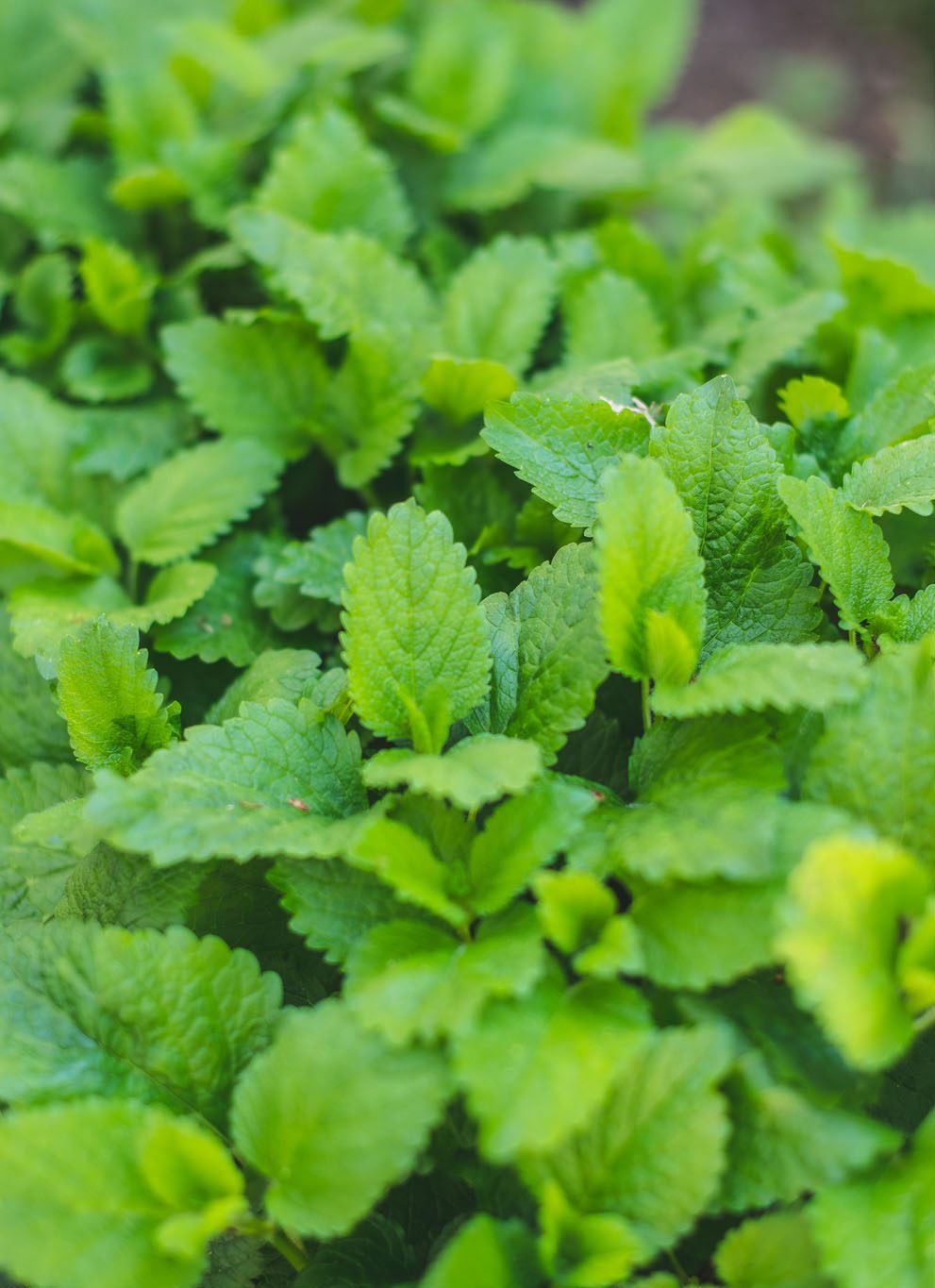
Herb gardens are a beautiful and practical addition to any home, providing fresh flavors for your culinary creations and an array of natural remedies for common ailments. In this blog post, we will explore the ins and outs of creating and maintaining a flourishing herb garden, focusing on the planting, growth, and harvesting of basil, mint, rosemary, lavender, sage, thyme, chives, and lemon balm. We will also delve into the culinary and medicinal uses of each herb, showcasing the versatility and value of these aromatic plants.
Basil is a popular herb in Mediterranean and Southeast Asian cuisines. It adds a fresh, slightly sweet flavor to dishes like pasta, salads, and pesto. Medicinally, basil is believed to aid digestion and reduce inflammation. To grow basil, plant seeds in well-draining soil and provide full sun. Water regularly, ensuring that the soil remains consistently moist. Harvest by snipping off the leaves just above the node where two leaves meet, promoting bushy growth.
Mint is a cooling and refreshing herb used in a variety of dishes, from salads to desserts, as well as in beverages like mojitos and mint tea. It is also known to soothe digestive issues and alleviate headaches. Mint can be invasive, so it's best to plant it in a container or a designated area of the garden. Provide partial to full sun and keep the soil moist. Harvest mint by trimming the tips of the stems, taking care not to remove more than one-third of the plant at a time.
Rosemary is a fragrant herb with needle-like leaves that is commonly used in meat dishes, particularly lamb, and in roasted vegetables. It also offers numerous medicinal benefits, such as improving memory and circulation. Plant rosemary in well-draining soil with full sun exposure, and water it sparingly, as it is drought-tolerant. Harvest the sprigs as needed, being careful not to remove more than one-third of the plant at once.
Lavender is prized for its lovely scent and beautiful flowers. In the kitchen, it can be used to flavor baked goods, teas, and even ice cream. Medicinally, lavender is renowned for its calming properties and is often used in aromatherapy to relieve stress and promote sleep. Plant lavender in well-draining soil with full sun and water it moderately. Harvest the flowers when they are in full bloom, cutting the stems just above the leaves.
Sage is an earthy herb often used in poultry dishes and stuffing. It is also believed to have antiviral and anti-inflammatory properties, making it a useful addition to herbal remedies. Plant sage in well-draining soil with full sun exposure, and water moderately. Harvest the leaves as needed, taking care not to remove more than one-third of the plant at a time.
Thyme is a versatile herb that complements a wide range of dishes, from soups and stews to roasted vegetables and meats. It also offers antiseptic and antifungal properties, making it a valuable addition to natural remedies. Plant thyme in well-draining soil with full sun, and water moderately. Harvest by snipping the tips of the stems, taking care not to remove more than one-third of the plant at once.
Chives add a mild onion flavor to dishes and are commonly used in salads, omelets, and baked potatoes. They are also rich in vitamins and minerals, making them a nutritious addition to your diet. Plant chives in well-draining soil with full sun exposure and keep the soil consistently moist. Harvest by snipping the leaves at the base, taking care not to remove more than one-third of the plant at a time.
Lemon balm is a versatile herb with a lemony scent and flavor, making it a delightful addition to teas, salads, and desserts. It has been used medicinally for centuries to relieve anxiety, insomnia, and indigestion. Plant lemon balm in well-draining soil with partial to full sun exposure and keep the soil consistently moist. Harvest by trimming the tips of the stems, taking care not to remove more than one-third of the plant at once.
Creating and maintaining a thriving herb garden is a rewarding endeavor that can enhance your culinary creations and provide natural remedies for everyday ailments. By understanding the unique growing requirements of each herb and appreciating their myriad uses, you can cultivate a beautiful and functional garden that enriches your life and supports your well-being. Remember to harvest your herbs mindfully and enjoy the bounty of flavors and fragrances that these versatile plants have to offer.